Far beyond Pluto, scientists have uncovered something unexpected—mysterious objects residing at the very edge of our solar system. These objects lie even farther than the known Kuiper Belt, where we thought space was empty.
The discovery has left astronomers confused. Could this be part of a new, hidden region in our solar system? What secrets could these distant objects reveal about the formation of planets and the mysteries of the universe?
The Edge of Our Solar System
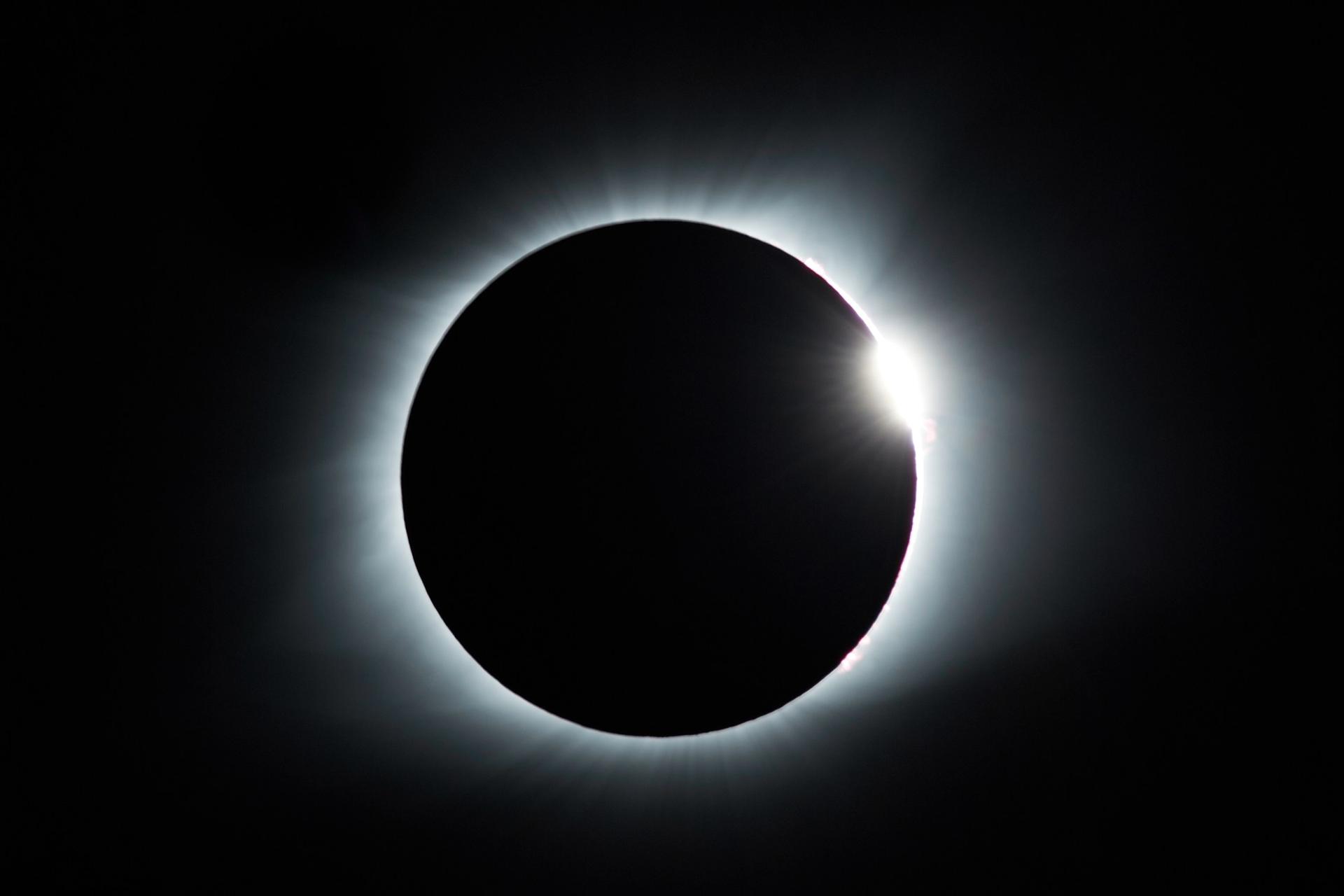
In 2020, a team of international scientists led by Fumi Yoshida from the University of Occupational and Environmental Health Sciences in Japan, made an exciting discovery. Using the Subaru Telescope in Hawaii, they identified a new group of mysterious objects located between 70 and 90 astronomical units (AU) from the Sun. These objects were much farther than anything previously known in the Kuiper Belt.
This discovery was part of a deeper observation effort that began in 2020, aiming to explore the far reaches of our solar system. By 2023, they had identified 239 new Kuiper Belt objects, with 11 of them found beyond what was thought to be the edge of the solar system.
The Subaru Telescope

The Subaru Telescope, located in Hawaii, has been instrumental in uncovering the new objects beyond Pluto. Equipped with one of the most powerful wide-field cameras, the Subaru Telescope can capture vast regions of space, making it ideal for hunting down distant and faint objects.
This breakthrough wouldn’t have been possible without the Subaru Telescope’s powerful vision, marking a new chapter in our exploration of the outer solar system!
Unexplained Gaps in Space
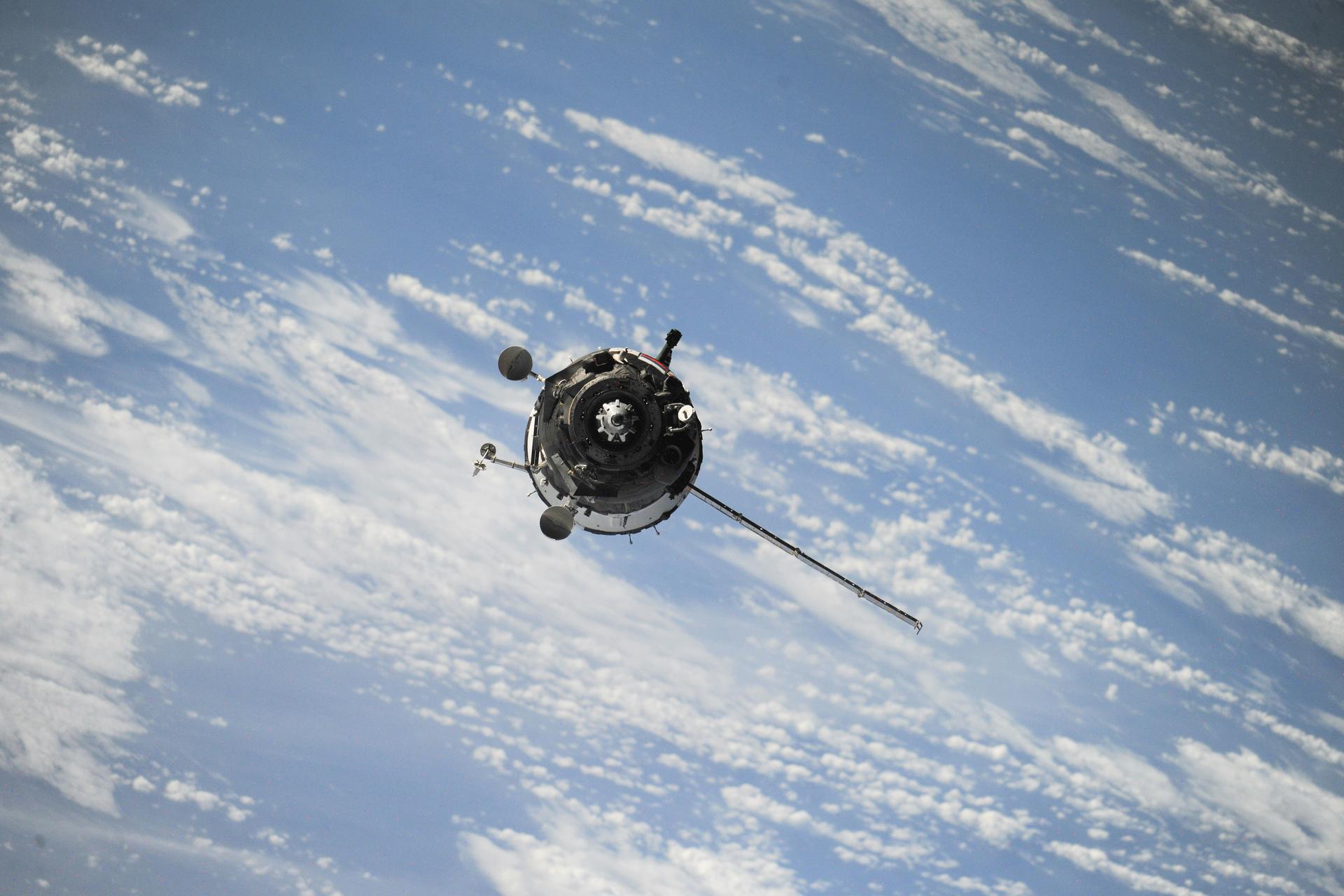
One of the most intriguing aspects of this discovery is the strange, unexplained gap between 55 and 70 astronomical units (AU) from the Sun. In this vast empty space, scientists found almost no objects, despite expectations.
This void separates the known Kuiper Belt from the newly discovered group of distant objects. Such gaps are commonly seen in other planetary systems, but it’s the first time we’ve observed one in our own solar system.
What Could Cause This Mysterious Void?

The mysterious void could be caused by the gravitational pull of a hidden planet or object that cleared this region of space. Another possibility is that during the solar system’s early formation, certain forces or collisions pushed objects out of this area.
It could also be the result of interactions with the solar nebula, the cloud of gas and dust from which the solar system formed. Scientists are still unsure, but these are some of the leading ideas about why this gap exists.
Implications for Life?
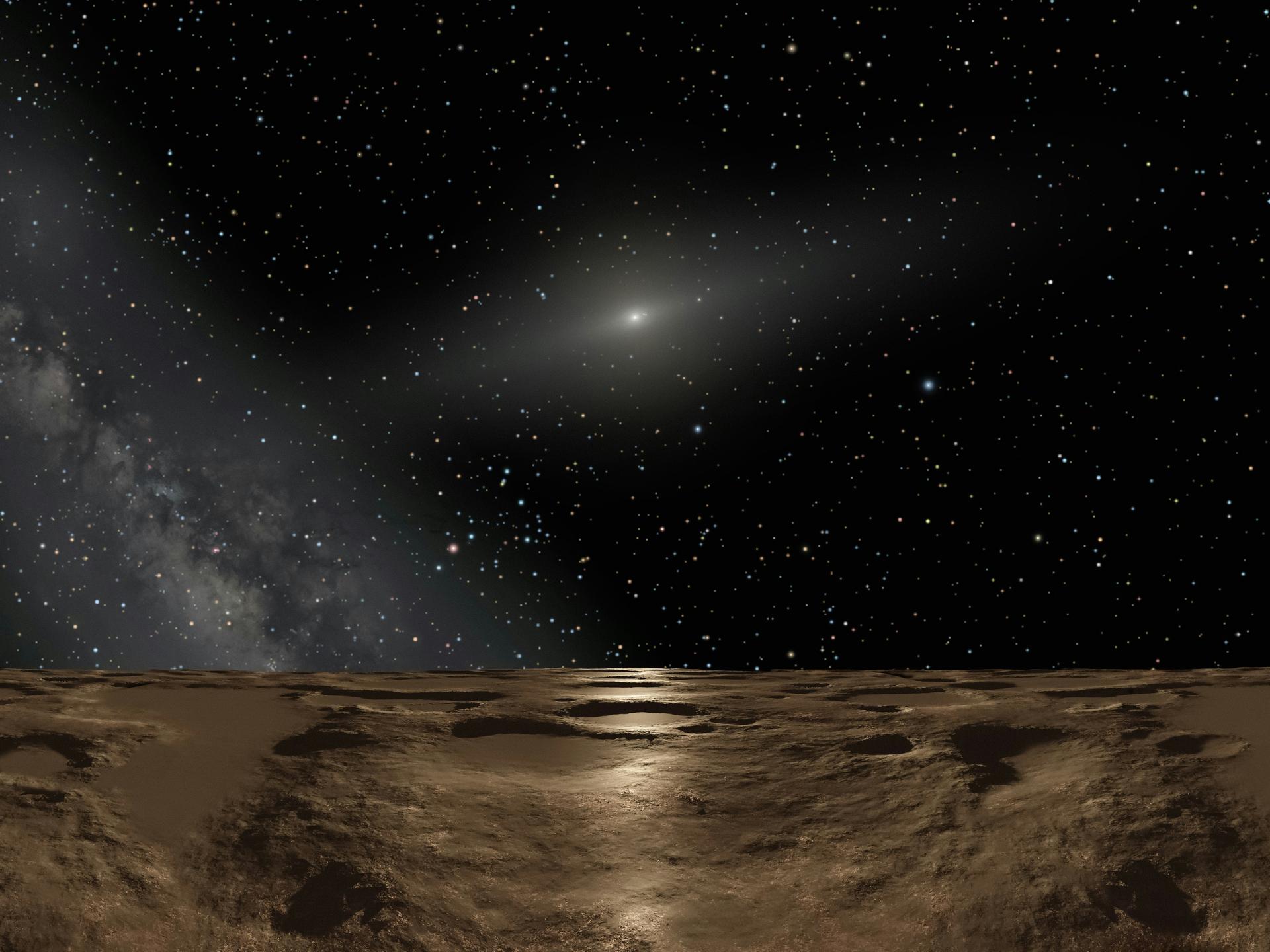
The discovery of objects far beyond the Kuiper Belt could have major implications for understanding life in the universe. If this new region is confirmed, it means the solar nebula—the cloud of gas and dust that formed our solar system—was much larger than we thought. This could suggest that conditions for planet formation, and potentially life, are more common in the universe than previously believed.
A larger solar nebula might have created more planets or moons, increasing the chances for habitable environments. If other star systems have similar outer regions, life may be more widespread than we imagine. This discovery could change how we think about the conditions needed for life to develop beyond Earth.
What’s Next?

The discovery of mysterious objects beyond Pluto is just the beginning. Scientists will continue using powerful telescopes, like the Subaru Telescope, to track these distant objects and study their orbits. The next step is to gather more data to understand what these objects are made of, how they got there, and what role they play in the solar system’s history.
NASA’s New Horizons spacecraft is also still exploring this far region, moving deeper into the Kuiper Belt. Future missions may be able to get even closer to these newly discovered objects, helping us unlock more secrets about the outer solar system. With each new discovery, we get closer to understanding the full picture of our solar system’s formation.
Discoveries That Changed Our View of the Universe
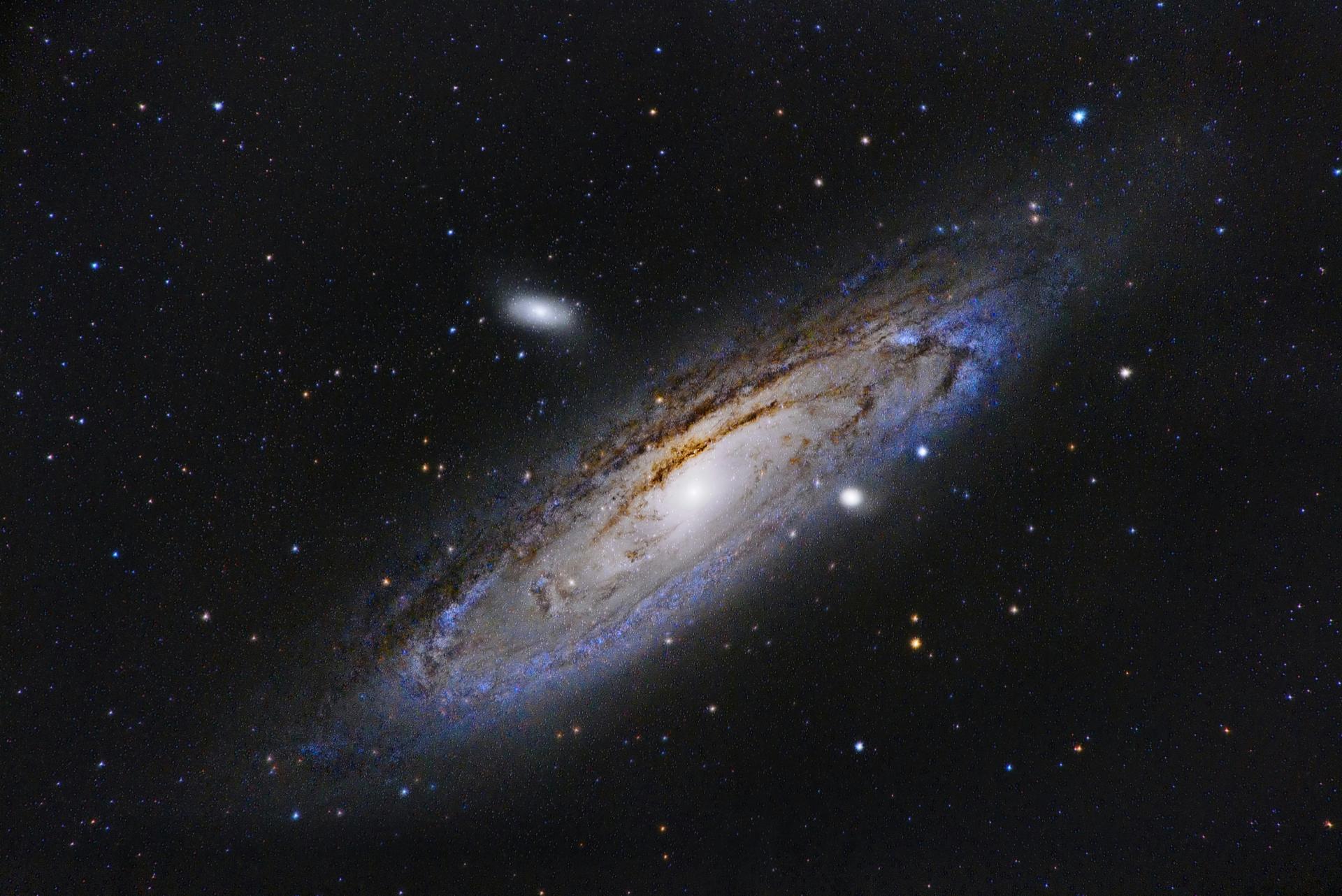
Throughout history, certain space discoveries have completely changed how we think about the universe. For example, the discovery of exoplanets in 1992 revealed that planets exist outside our solar system, transforming our understanding of how planets form.
The discovery of Eris, a dwarf planet beyond Pluto in 2005, led to Pluto’s reclassification and showed that the Kuiper Belt was full of large objects we hadn’t known about before.In 2015, the detection of gravitational waves proved Einstein’s theory of spacetime distortion, showing us how massive cosmic events ripple through space. Each of these discoveries expanded our knowledge and reshaped our understanding of the cosmos.
Why It Matters
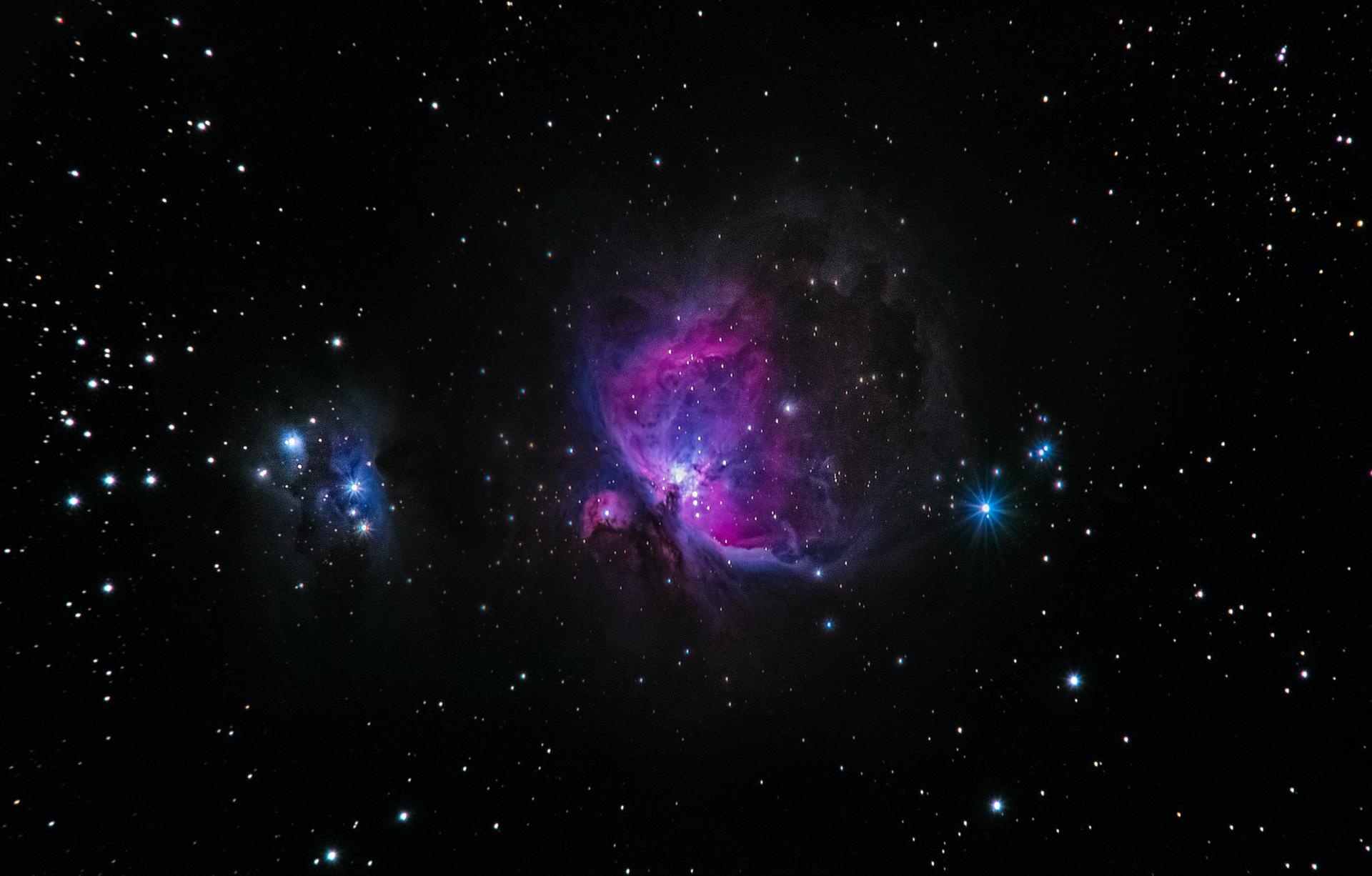
These discoveries aren’t just about mapping our solar system—they also provide clues about how planets form and evolve. By studying these distant objects, scientists hope to learn more about the origins of our solar system and others like it.
If we can understand these early building blocks, it may also help in the search for life on other planets. Every discovery brings us closer to answering the big questions about where we come from and whether we are alone in the universe.
A New Era of Exploration
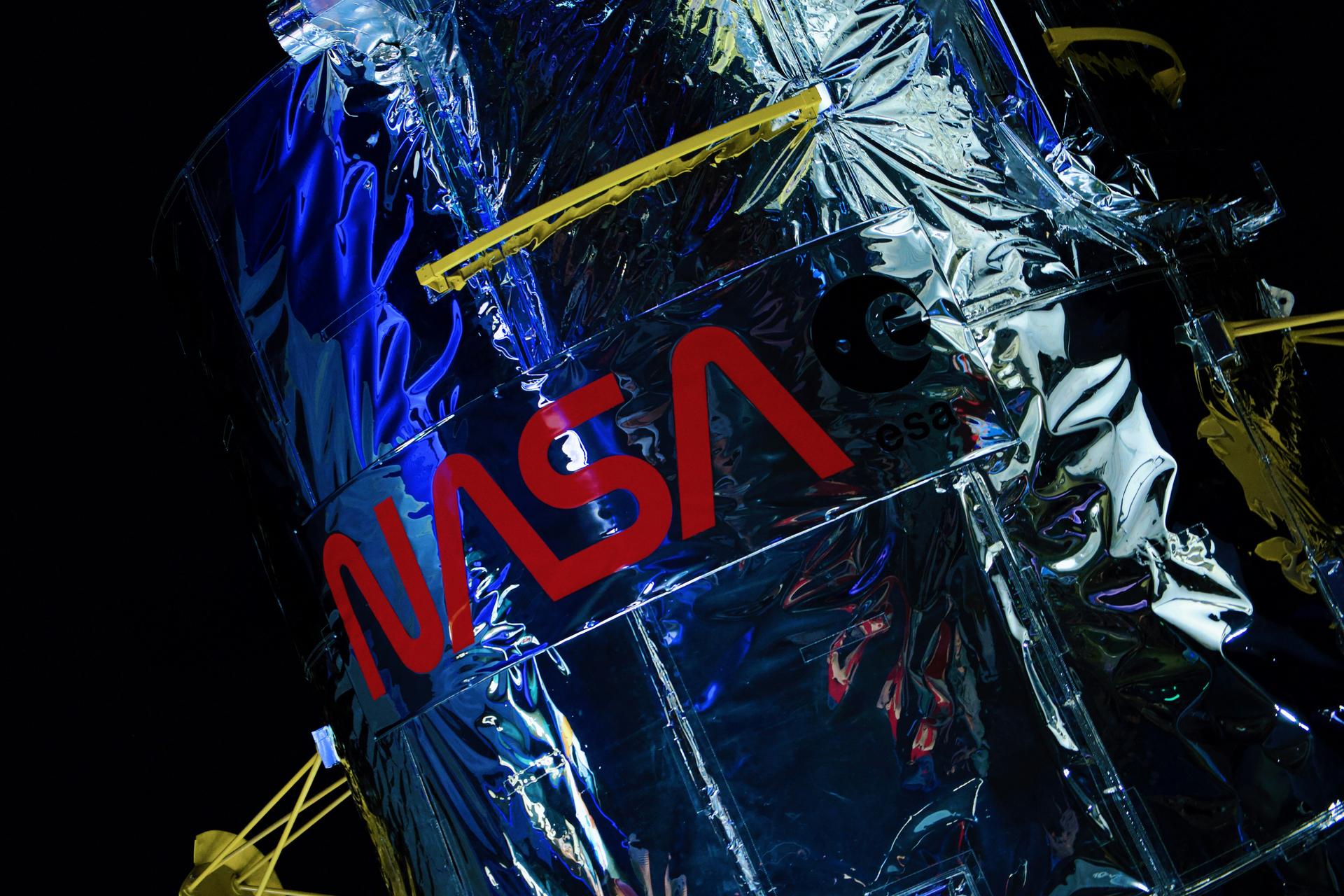
As technology continues to improve, our ability to study these distant regions of space grows stronger. The Subaru Telescope, New Horizons, and other missions are pushing the boundaries of what we can observe.
Future missions might be able to explore these far-off objects in greater detail, helping us uncover their secrets. With new discoveries come new questions, and the exploration of the outer solar system is just beginning.

